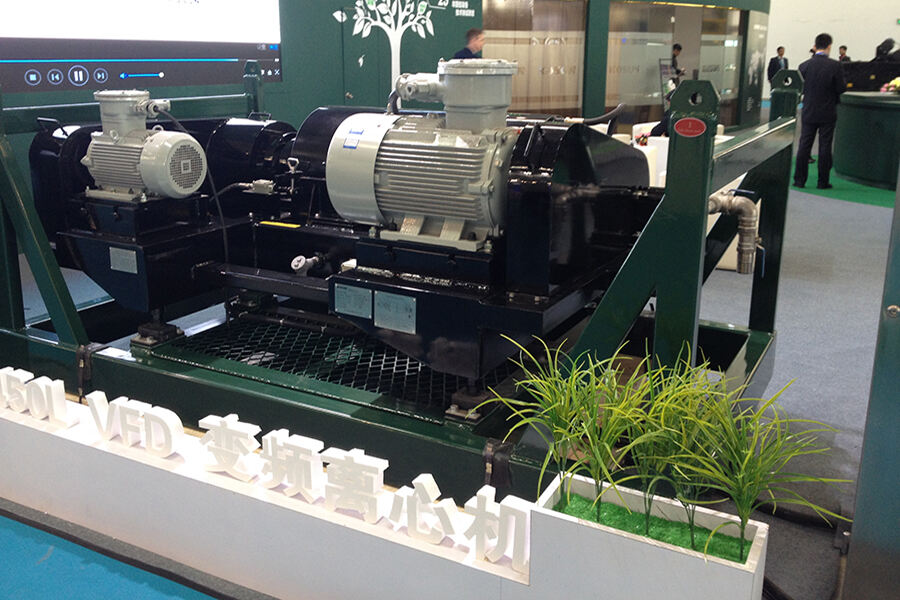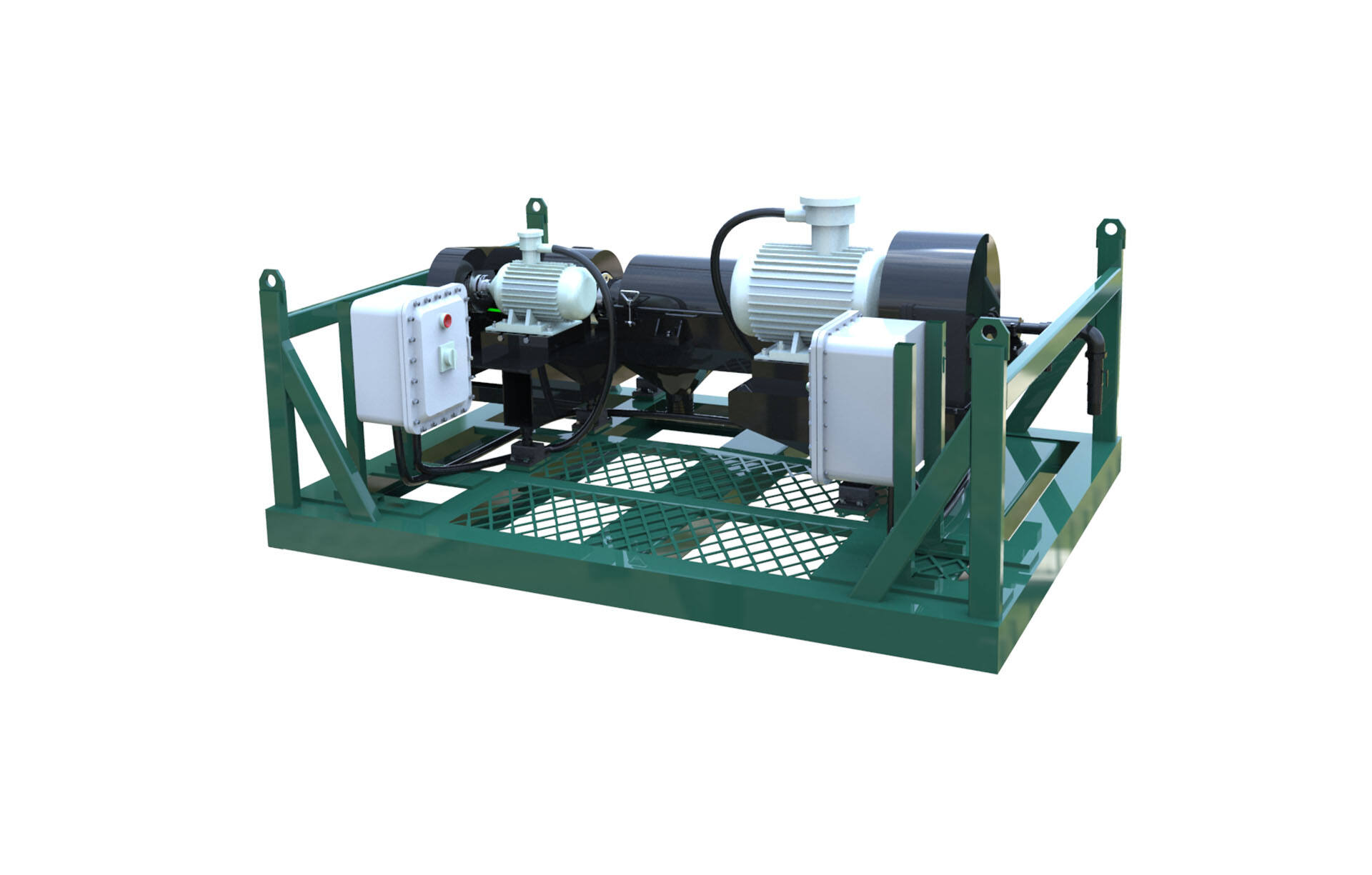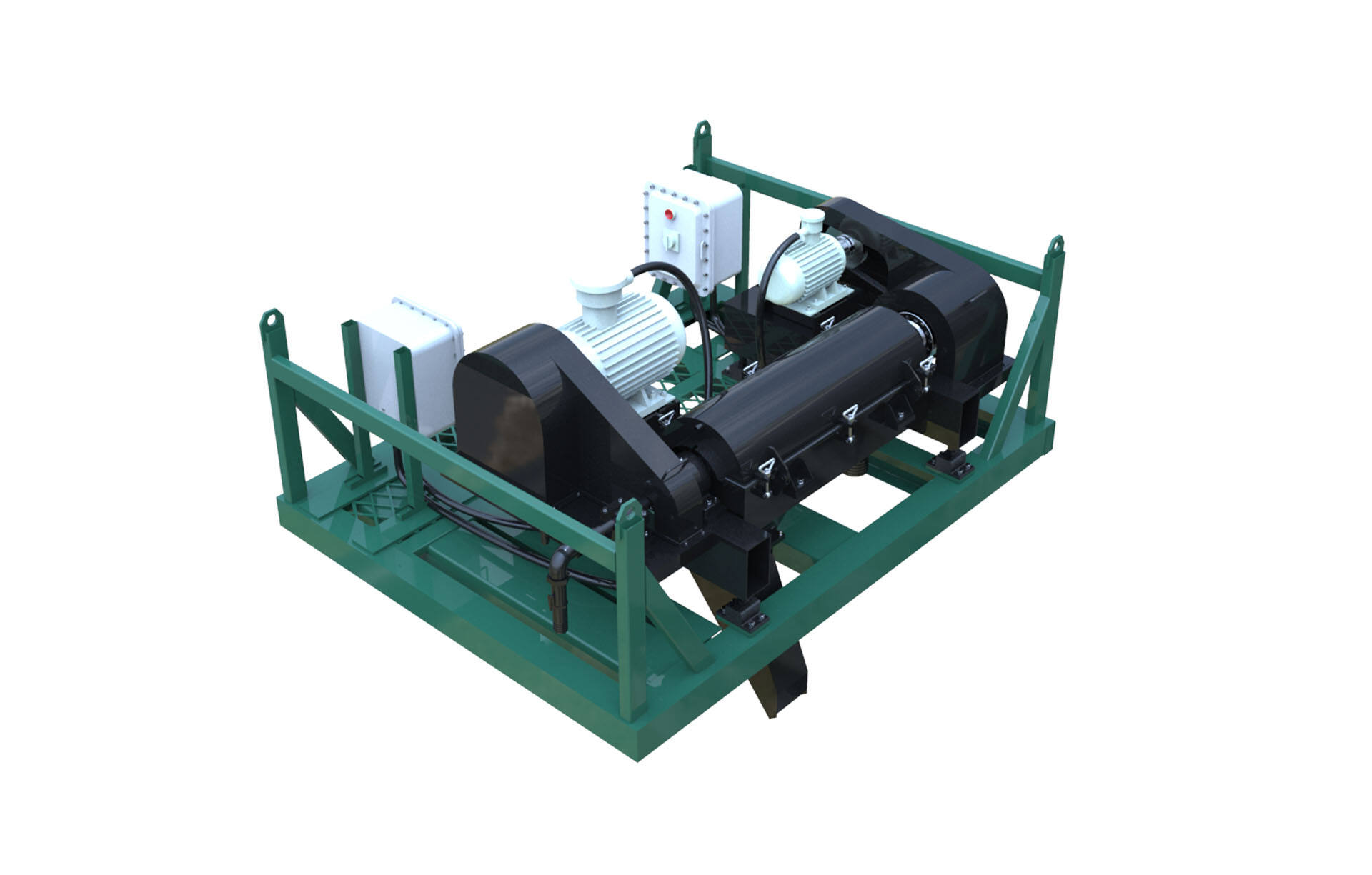liquidsolid separation
Liquid-solid separation is a fundamental process in industrial operations that involves the segregation of solid particles from liquid mediums. This critical technology employs various mechanical, physical, and chemical principles to achieve efficient separation outcomes. The process encompasses multiple techniques including filtration, sedimentation, centrifugation, and membrane separation, each suited to specific applications and material characteristics. The technology proves essential in water treatment facilities, chemical processing plants, food and beverage industries, and pharmaceutical manufacturing. Modern liquid-solid separation systems incorporate advanced automation features, precise control mechanisms, and innovative materials to enhance separation efficiency and reduce operational costs. These systems can handle diverse particle sizes, from microscopic to larger particulates, and accommodate varying flow rates to meet specific industry requirements. The technology's adaptability allows for both batch and continuous processing, making it suitable for different production scales and operational needs. Additionally, contemporary systems emphasize energy efficiency and environmental sustainability, incorporating features that minimize waste and optimize resource utilization. The technology continues to evolve with developments in materials science and process control, leading to more efficient and cost-effective separation solutions.


